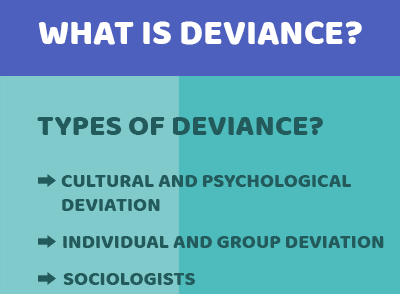Write a brief note on Endogamy and Exogamy.
No society gives absolute freedom to its members to select their partners. Endogamy and exogamy are the two main rules that condition marital choice.
Endogamy
Custom enjoining one to marry within one’s own group is called endogamy, The penalties for transgressing endogamous restrictions have varied greatly among cultures and have ranged from death to mild disapproval. Endogamy has been common among extant and historical aristocracies, religious groups, ethnic groups, and social classes. Expectations of caste endogamy persist in parts of India and the Indian Diaspora, although many claim that this is a form of caste discrimination, a practice made illegal in the mid-20th century.
It is a rule of marriage in which the life-partners are to be selected within the group. It is marriage within the group and the group may be caste, class, tribe, race, village, religious group etc. We have caste endogamy, class endogamy, sub caste endogamy, race endogamy and tribal endogamy etc. In caste endogamy marriage has to take place within the caste. Brahmin has to marry a Brahmin. In sub caste endogamy it is limited to the sub caste groups.
Exogamy
Exogamy is usually defined through kinship rather than ethnicity, religion, or class. It is most common among groups that reckon descent through either the father (patrilineality) or the mother (matrilineality) alone. Such lineages may in turn be grouped into clans or moieties. These are most often the locus of exogamy marrying a member of one’s own clan or moiety typically constitutes a form of incest.
Exogamy does not guarantee that spouses have no genetic relationship. Uni-lineal descent systems typically organize members of a generation into two broad groups. Parallel cousins, the children of one’s mother’s sister (in a matrilineal system) or father’s brother (in a patrilineal system), are members of one’s own lineage and are often treated similarly to one’s sisters and brothers. Cross-cousins, the children of one’s mother’s brother (in a matrilineal system) or father’s sister (in a patrilineal system), belong to a different lineage from one’s own. In many exogamous cultures, cross-cousins are viewed as ideal marriage partners.
It is a rule of marriage in which an individual has to marry outside his own group. It prohibits marrying within the group. The so-called blood relatives shall neither have marital connections nor sexual contacts among themselves.
FORMS OF EXOGAMY
- Gotra Exogamy: The Hindu practice of one marrying outside one’s own gotra.
- Pravara Exogamy: Those who belong to the same pravara cannot marry among themselves.
- Village Exogamy: Many Indian tribes like Naga, Garo, Munda etc have the practice of marrying outside their village.
- Pinda Exogamy: Those who belong to the same panda or sapinda (common parentage) cannot marry within themselves.
- Isogamy: It is the marriage between two equals (status).
- Anisogamy: It is an asymmetric marriage alliance between two individuals belonging to different social statuses. It is of two forms Hypergamy and Hypogamy.
- Hypergamy: It is the marriage of a woman with a man of higher varna or superior caste or family.
- Hypogamy: It is the marriage of high caste man with a low caste woman.
- Orthogamy: It is the marriage between selected groups.
- Cerogamy: It is two or more men get married to two or more women.
- Anuloma Marriage: It is a marriage under which a man can marry from his own caste or from those below, but a woman can marry only in her caste or above.
- Pratiloma Marriage: It is a marriage of a woman to a man from a lower caste which is not permitted.



